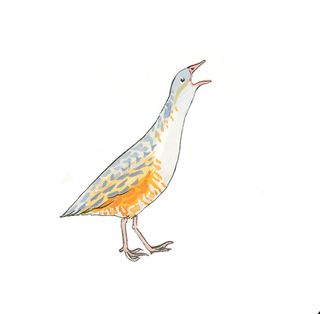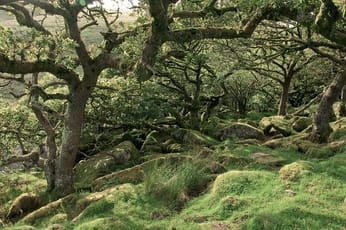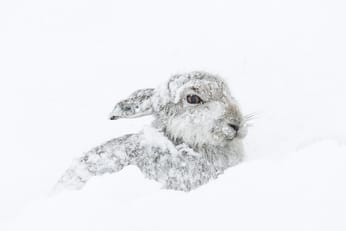
"The static world these bureaucrats worship is slipping away. And that is good."
Derek Gow on rewilding, farming, and what 'New Nature' means to him.
Today’s article is by Derek Gow. He is probably already familiar to most of you for his outspoken views on conservation, or perhaps his recent book on beavers. The Guardian recently labelled him a “guerrilla rewilder”, which sums him up nicely. This essay originally appeared on The Brazen Head, a new online compendium of culture, current affairs and ecology. Check it out!
The word ‘rewilding’ is in the wind, provoking elation and scorn in equal measure. It may yet spark a revolution.
Although those who make the rules are doing all they can to brush its disruptive brand of hope under the carpets of their palatial offices in Nobel House (London lair of the Department for the Environment, Food and Rural Affairs), they know the metaphorical beaver has long since gnawed out of the bag and bolted. Shutting the reinforced stable door is pointless as real beavers are now swimming in the Tay and the Forth, the Tamar and the Otter.
The static world these bureaucrats worship is slipping steadily away. And that is good.
In my lifetime, I, like many others, have witnessed nature haemorrhaging away. Rachael Carson’s Silent Spring is near reality now.
Rewilding is no threat, although I do not care for the term. The Dutch who coined its initial use now refer to rewilding as “New Nature”, and that description is more fitting by far.
Those who claim it to be a blight generally come from a cadre seeking to preserve the privileges they owe to the Common Agricultural Policy. They are afraid of change and do not relish examples of different ways. If these prosper, their failings will be spot-lit on the stage of life and they have no wish to dance.
New Nature is for me about many things.
It’s about accepting that much of what we once knew and cherished has passed irrevocably. We are bereaved, and only words of comfort can be spoken at the wakes for species such as the complicated corncrakes whose short lifespans, tricky migratory routes and great fondness for old insect rich hay meadows renders recollections of their presence mere sepia now.
It’s about what we can do to heal, and that involves farming. Played-out and exhausted soils, pesticides in rivers, toxic silts, antibiotics applied with merry abandon, slurries full of disease, and contaminants of all hues do not make for a prosperous or long-term future. We need to farm to produce top-end food sustainably in a rich natural environment.
Perhaps we need to explore new technologies such as clean meats, cell-cloned on dark shelves, and other foods derived from soil-produced proteins if we are to ensure a future supply of nutrition for without destroying the earth completely. Given our species’ natural tendencies for greed, narrow-mindedness and shortness of thought this is going to be something of a mission.
New Nature is about large areas of land being enabled to become free-willed, where large, semi-domesticated and wild ungulates can create landscapes that give opportunities for smaller creatures – where purple emperors can flit to find sallow, where colonial bees excavate their burrows in bull-exposed soil, where burring squadrons of dung beetles pour down from the sky into piles of still-steaming shit.
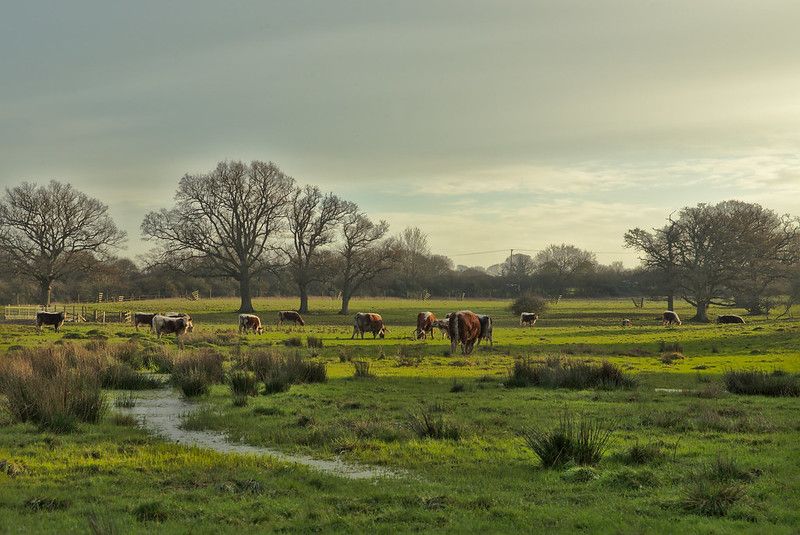
The exhilaration that is Knepp Castle demonstrates clearly that systems of this sort can enable fresh life to reform on a simply staggering scale of diversity and bio-abundance – and that this can be accomplished in even impoverished environments. More projects of this type are needed urgently in Britain, and everywhere else.
New Nature is about corridors – about linking landscapes around these dynamos of natural productivity as they cough and splutter into life and start to create a steady stream of creatures which spill out from them into the surrounding landscape.
It’s not all about rewilding.
It’s about reserves owned by the worthy, and their good deeds – the preservers of species and the environments they occupy, which would otherwise have been lost – the trusts and charities who have been toiling for years to save, innovate and replace.
They understand full well that their efforts are not enough and that the widely dispersed nature of their holdings will not in itself prevent calamitous decline.
Dwindling godwit, collapsing curlew or large blue populations in scattered pockets have no future on their own. It’s about making space in a farmed environment – not using all up to the edges of hedges, streams, and woodlands. It’s about relaxing and letting the wild creep back – just a bit.
I am converting my modest Devon farm into a corridor too.
I no longer wish to follow a conventional model to produce sheep and cattle which are worth very little in the southwest of England, while driving near all other life from my land.
I do not want to smell the rankness of ovine waste which cannot decay, because the insecticides we spray on our flock allow no insects to approach. I don’t want to witness pastures which could contain flowers reduced to a psoriatic leaching of their top soils in the depths of the wind-whipped winter when they are gouged by a myriad of hooves.
I want to forge a new partnership with nature which gives us both satisfaction, which is easy and content.
Beavers are the bringers of life.
Their impoundments and tree felling provide the twin life essentials of water and light. Without them, there can be no wetlands brimming with life. No darting kingfishers. No purring demoiselles. No broods of peeping ducklings following their hard-harassed mums. They do so much more.
My journey with beavers, although I hope not yet complete, has been long. They have taken much of my time and I of theirs. I am content with that.
I love them for the wonder they are – for their creative abilities, humility and sociality – and for their care for each other. When my journey is over theirs will have barely begun. I hope in the end they will bring wonder to at least a few of the human lives that follow mine.
My farm is not on the scale of Knepp. I will have to cultivate change to protect the valuable assets and to promote and enhance the impoverished. To restore the drained fields of rush and ryegrass back to flower-rich meadows, excavate infilled ponds, fence out valley mires, readjust the course of streams, destock to the point where trees can grow again in fields, to plant the fritillaries and the southern marsh orchids where I consider they would do well.
I feel sure already that nature will come. Every indication is that this is so. Within a year, we have had nesting reed buntings and grasshopper warblers, and this August our first marbled white butterflies.
But we need to reintroduce the lost.
I intend to farm life – to produce English wildcats and release their kittens, protect my breeding beavers and nurture water voles, graze with much smaller groups of ungulates which will produce high end beef, mutton, pork and cheval on a scale that is more than adequate to feed to my customers.
Their money will pay for more alteration – for monitoring the returning stonechats, assessing the distribution of the armoured tadpole shrimps colonising the welcomingly variable wallows wrought by pigs, for the creation of a market garden to grow good food, for tents, huts and gypsy caravans to encourage more folk to follow.
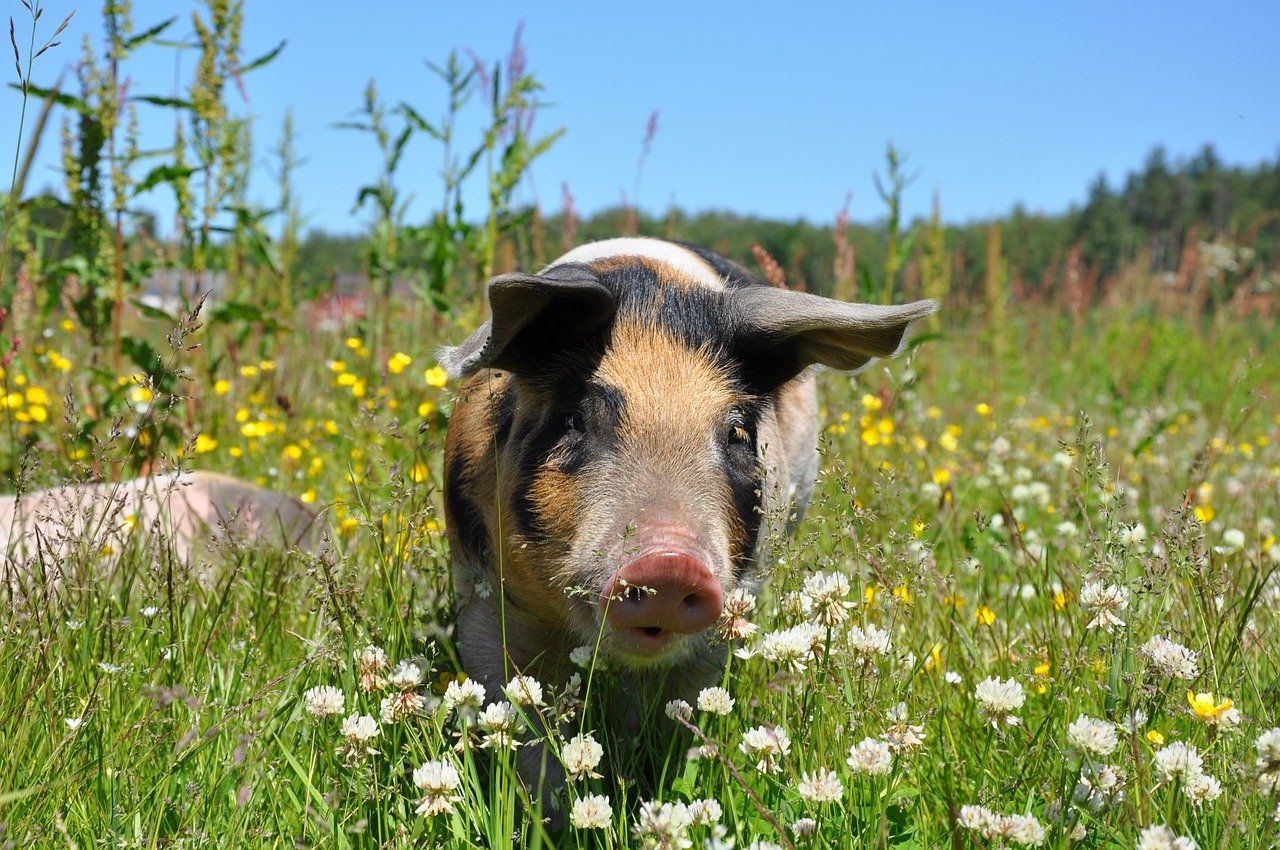
While this is not a model for all, farming is after all a business. It is not a hobby which deserves to be subsidised by society. It’s not a martyrdom essential, a combined cross and crown which one must carry alone. If it hurts, just leave; find another life-way and allow those who would come to change what you cannot or do not want to alter.
It’s not difficult to understand. Farm well on the good land. Produce products that markets want, and let the rest produce a different kind of life. Hold water and grow trees.
New Nature is about people.
It’s about individuals saying ‘I can’, and acquiring the skills they need. It’s about guerrilla gardening, and cultivating sedge and frogs. It’s about permaculture, and forest schools – restoring soils, and multiplying and repeating the good things already done.
People small and large are beginning to do. Small gardens can join up. Hedgehogs can move through created gaps under fences. Not every tiny lawn or roadside verge must forever be shorn.
Some of the great estates in England held in hand since Norman times are beginning to act well. They can rise to the challenge. With their landholdings and influence, their ability to accomplish is immense. They employ good minds and have a vision used to looking well beyond next month’s milk cheque towards a time that might yet come.
Small organisations are releasing bison. Good-hearted souls have achieved much with pine martens and cranes. The legend that is Roy Dennis is returning the white-tailed eagles of the past to where they should be, on the sea cliffs of the Solent.
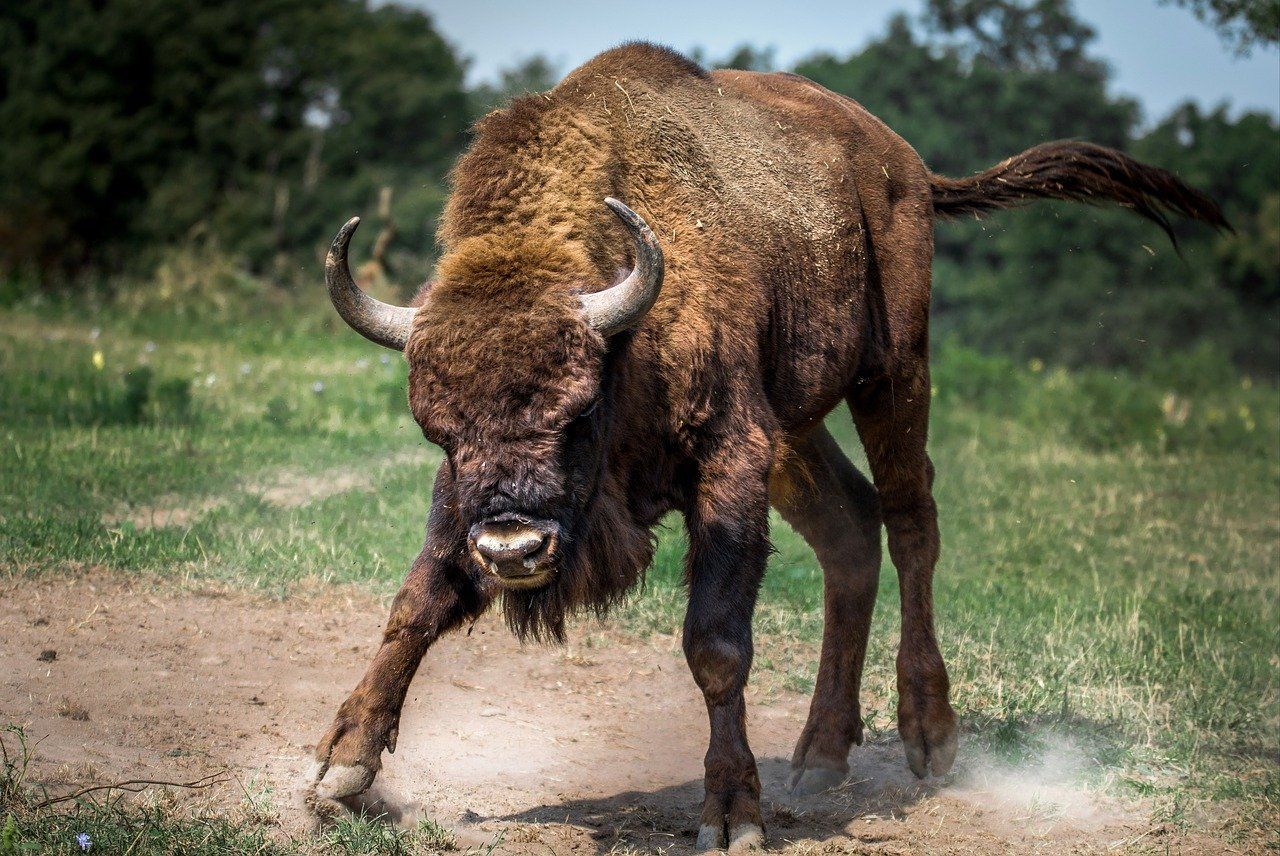
Vultures have come and remarkably stayed, for the first known time in our island’s history. Is their presence an omen of hope or are they assembling to circle in more sinister anticipation? While the fate of the young lammergeier perched on the edge of the great grouse death lands is by no means certain, other problems remain.
Great issues hang in the balance.
Farming will fight hard for business as usual. If they lose their subsidies for doing nothing much, it will never come again. Their influence will wither and their political power remit. They seek to imagineer a false vision of progress while remaining hermit crab-secure in their tight clasped shells.
The ghouls of the timber industry will try to grasp the gold in the casket being transported to fund future forests. They want chip and pellet; there is no room in their spreadsheets for carunculate giants, or vibrant scrub which resounds to the melodies of warblers. They don’t care, and laugh at those who do in closed court. If they can, they will swing down from the low limbs of their sitka plantations dressed in green mantle to get their hands on the loot.
The proposed system of government payments for Environmental Land Management (ELMs) is the mantra and myth of the moment.
While it should be a system to reshape landscapes to give true coexistence with the wild, to subsidise carbon capture, store water and produce good for all, its acolytes attempt to form a belief with little faith of their own. Their hearts are torpid and contain no zeal. As they issue commandments from on high, their transparent commitments are of little current worth.
Official nature conservation bodies are mired in a do-nothing, say-nothing culture.
They meekly print the death dues for badgers, and seek to explain why no killers of raptors – even those reared and recorded by them – can ever be found. They stall support for bustards and revile the joy of storks. They are out of touch with reality, so completely lost in a self-created maze that they can lead no more.
The pace of change must be forced and forged by others.
In the quarter century I have worked with beavers I have heard many pleas for delay from some of the most prominent people in conservation – to give time to ‘adjust’, to ‘get it right’, to stop or at least slow projects until more lumbering others can find their feet. Sometimes they made me wonder if my course was right; I am now utterly convinced it was.
Other life on this planet more than ever needs more of us to act in its (and our) interests now, without concern for fortune or favour – to do what’s both ecologically necessary and morally right. If we wait too long to aid, we will all suffer and perish together. There is no need for this. We are clever and must not let this happen.
There is never a perfect time, or an ideal place. There is only the here and now, with the good people you live alongside to help, with whatever knowledge and resources are at hand. As individuals we should not seek to pass with regret and remorse, but rather to help New Nature happen when we can.
Image credits: Knepp Wildland, Matt Ellery, Matila Nilssen, Loubos Houska
Subscribe to our newsletter
Members receive our premium weekly digest of nature news from across Britain.
Comments
Sign in or become a Inkcap Journal member to join the conversation.
Just enter your email below to get a log in link.

